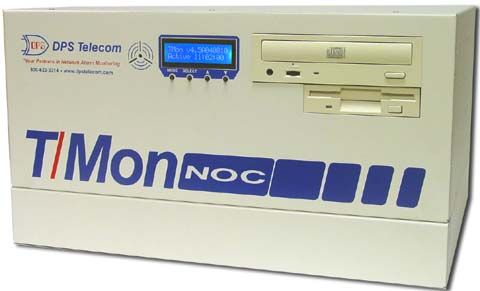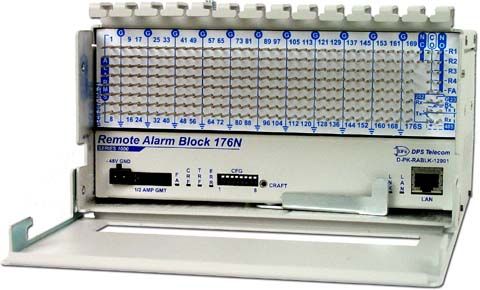You don't need to study SNMP on a theoretical level to implement it.
This guide helps you implement SNMP into your network.
1-800-693-0351
Have a specific question? Ask our team of expert engineers and get a specific answer!
Sign up for the next DPS Factory Training!

Whether you're new to our equipment or you've used it for years, DPS factory training is the best way to get more from your monitoring.
Reserve Your Seat Today
T/Mon NOC: Full-featured alarm master for up to
1 million alarm points. Features support for 25 protocols, protocol mediation, alarm forwarding, pager and email alarm notification, Web Browser access, multi-user access, standing alarm list, alarm history logging.

T/Mon SLIM: Light capacity regional alarm master. Supports up to 64 devices and 7,500 alarm points. Features pager and email alarm notification, Web Browser access, standing alarm list and alarm history logging.

NetGuardian 832A: RTU monitors 32 alarm points, 8 analog inputs, 8 control relays, 32 ping targets, 8 terminal server ports; reports to any SNMP manager, T/Mon NOC or T/Mon LT.

NetGuardian 216: RTU monitors 16 alarm points, 2 analog inputs, 2 control relays, 1 terminal server port; reports to any SNMP manager, T/Mon NOC or T/Mon LT.

Remote Alarm Block 176N: Wire-wrap alarm block monitors 176 alarm points, 4 controls; reports to any SNMP manager, T/Mon NOC or T/Mon LT.

NetGuardian 480: RTU monitors 80 alarm points, 4 control relays; reports to any SNMP manager,
TL1 master, T/Mon NOC or T/Mon LT.

You could spend months studying protocol architecture or MIB structure, but that's not necessary to get a monitoring project off the ground.
You don't need to study SNMP on a theoretical level to make your implementation successful.
But there are some SNMP issues that can potentially turn into pitfalls that can stop your SNMP implementation in its tracks, stretch your project over time and over budget, even reduce your overall visibility of your network - you need to know how to avoid them.
This white paper is a step-by-step guide to SNMP alarm monitoring implementation, focusing on the practical problems that can arise and how to solve them.
Before you start any work on your deployment - even budgeting - you need to begin with a thorough assessment of your existing network, to determine how much of your existing transport and network equipment is compatible with SNMP monitoring. You certainly want to identify any potential replacement issues before you budget, or you may be caught short by unexpected problems. But equally, you want to take advantage of opportunities to reduce your capital expenditures by continuing to use existing transport and equipment.
Remember that we'll NEVER sell your email address to anybody, and that's a promise! We will also send you our informative eMagazine.